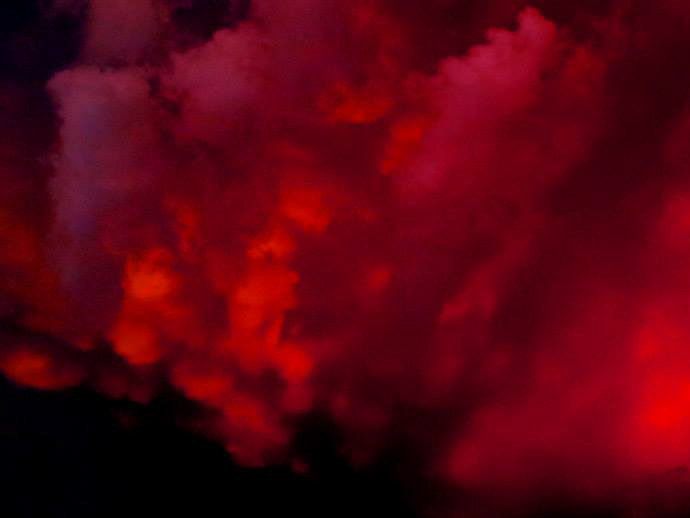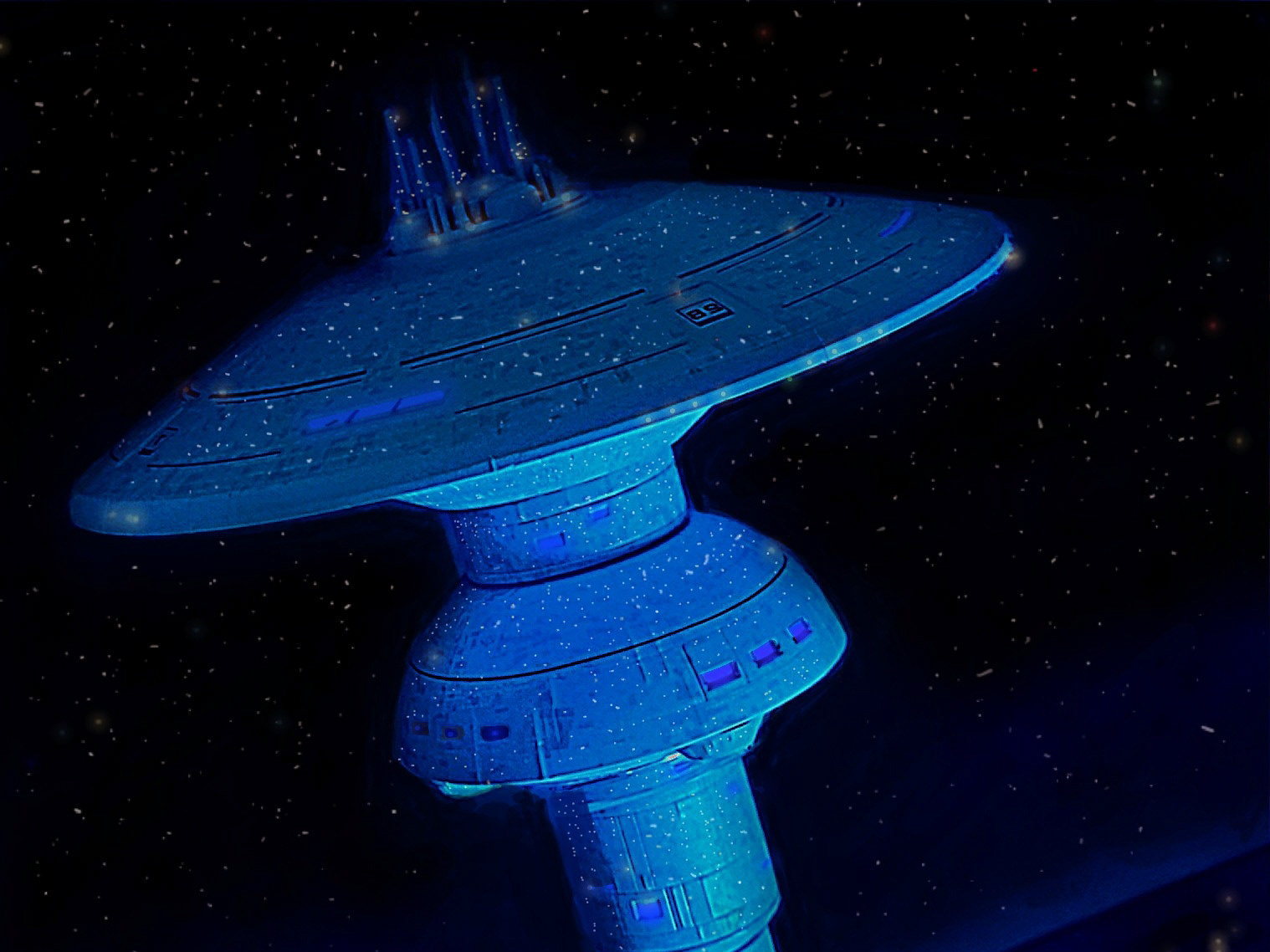Trash to Treasure
Eco-Chic was a brand born out of the desire to create dialogue between people. Each individual piece I handcrafted, woven through use of a traditional handloom, was a desire to initiate awareness on ecological sustainability. To reach out to a global audience on the creative possibilities of waste management.
The Challenge
Many landfills and recycling facilities are unable to cope with the increasing amount of waste materials that are being deposited at these locations. In turn there are also mass swaths of discarded materials, scattered throughout the global landscapes. The results are numerous ecological hazards that effect, Flora, Fauna and we as Human Species.
An illegal landfill located in Karachi, Pakistan- Photo by Dawn News
The Opportunity
By utilizing my skill sets as a weaver, I sought out my own avenue to see what I could do to be environmentally conscious. I wanted people to talk about sustainability and waste management through the renewal of discarded products. To maximize the exposure within a friendly easy approachable manner.
The Research into MBukhari Eco-Chic
I sifted through and analyzed different types of waste products during the early stages of development. Different types of waste materials have their strengths and weakness. The materials I utilized, required to be maniable and non biodegradable. The longevity of the waste material was also an important factor. The category of my established product dictated that appearance and daily wear would greatly impact the waste material and its use. As such I isolated the following materials that best matched my criteria.
1. Plastic Packaging Materials
2. Tin Foil
3. Vinyl Based Materials
4. Audo/Film Reels
Step by Step
Once the materials were identified , the conversion process began. I gathered the waste materials through specially marked collection locales and donations. The collected materials would carefully be cleansed. This was to eliminate any pathogens and other harmful contaminates that may have been present. Once cleansed certain materials are further sliced into more manageable components. This was necessary as larger surfaces interfered with operations of my handloom.

Washing

Home Work

Slice and more slicing

Tendrils

Tendrils 2
Traditions and Innovations
Handlooms, such as the one I own, have been around for generations.
looms come in various shapes and sizes, having been integral to textiles since their inception. While handlooms have largely given way to mechanization and automation, their core function—crafting the materials we rely on—remains unchanged. As a former Textile Designer, I'm proud to have mastered the intricate discipline of weaving, which demands not only dexterity and coordination but also a solid grasp of mathematics. This is particularly crucial when setting up the loom, calculating warp placement, and determining weave structures.
Once the loom is set, I experiment with waste materials, exploring countless configurations to create patterns and textures that align with my creative goals. During the design phase, I rely on low-fidelity sketches with pens and color pencils to conceptualize ideas. Crafting textures requires hands-on precision and a keen eye for detail, ensuring that the woven panels are securely finished to prevent unraveling or fraying at the selvage.
When removed from the loom, the panels often possess the quality and feel of vegan leather. This flexibility proved advantageous during construction and assembly, though it required meticulous handling to avoid compromising the final product. The flexibility also played a key role in user testing, allowing for better adaptability during the prototyping phase.

Low Fidelity

Hand Dexterity

Pattern Design

Textural Element

Textural Element 2

Textural Element 3

Textural Element 4

Textural Element 5

Textural Element 6
Usability Testing
Before I finalized the products, prototypes were first to be developed. These prototypes provided hard data on their usability and functionality. As the products were to be developed for long term use, I needed to identify which one provided the maximize amount of durability and longevity. Part of the goal was to showcase sustainability. Had the prototypes provided data that didn't support my cause, my entire mission would have been reassessed. The prototypes did however gave promising results. The next step were to factor in the ones that would move forward to production models. The following factors were included before production began.
1. Design
2. Handloom set up
3.Weaving duration
4. Handbag Construction
5. Costing

Prototype 1

Prototype 2

Prototype 3

Prototype 4

Prototype 5

My Favourite Prototype
Production Ready and Launch
Testing out the prototypes for usability proved to be most valuable. I was able to determine the sizes and lengths that best suited my woven panels. Plus through consumer research and survey group, I identified three handbag styles best suited for the production run.
1. Totes
2. Messengers
3. Clutches
The total duration to develop my branding took roughly two and a half months from start to finish. There was a window of opportunity that was made available for me to showcase to what I had created. This was the time to see whether or not I had successfully achieved the goals that I set for myself.


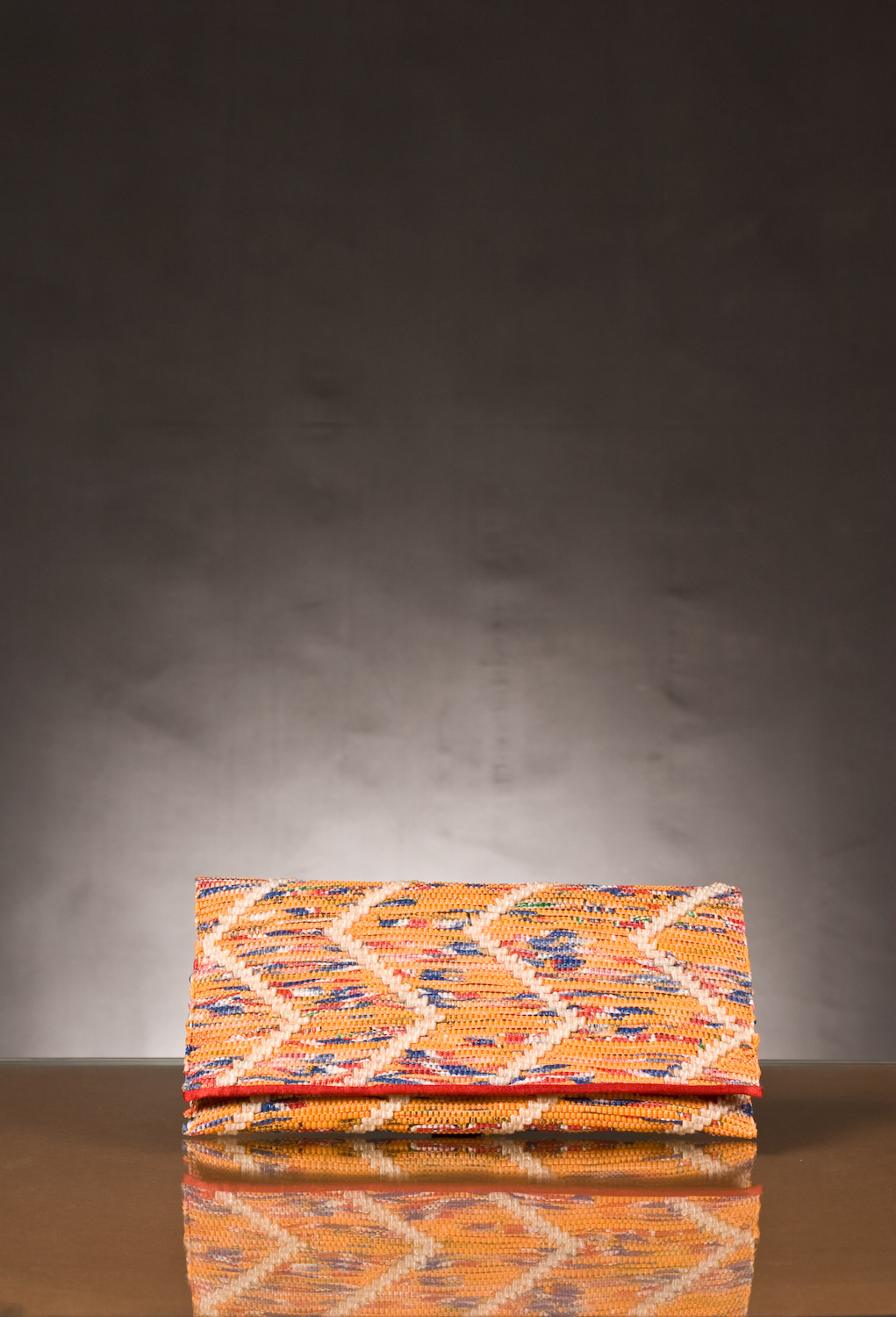
Eco-Chic
April 9th 2010 was when my brand MBukhari's Eco-Chic was officially launched. The SAARC’s Women’s Association at the Marriott Hotel, graciously gave me a spot showcase the products that I developed. It was soon apparent that my merchandise was generating a lot of interest. Everyone, patrons and passerby alike were keenly interested in the nature of what I had crafted. By the end of the day, I sold about 75% of my stock and netted 48% in profits. However what mattered the most, the forefront, that I successfully achieved my goals.
SARC Exhibition 2010
Treś Chic, Eco-Chic
Many people, even today, remain curious about how I crafted my products, especially using materials others might discard. I presented my work at schools, gave interviews for magazines, and Eco-Chic bags consistently attracted small groups for discussions on environmental awareness. People were often surprised to see that sustainability could look so 'fashionable.'
This was exactly my goal: to spark conversations and demonstrate the durability and potential of these repurposed products. Even now, past buyers tell me their purchases remain in pristine condition—a lasting testament to the vision I set out to achieve.

A walkthrough litter

Discarded Thoughts

Fashionably 'Telli'

Wrap Star
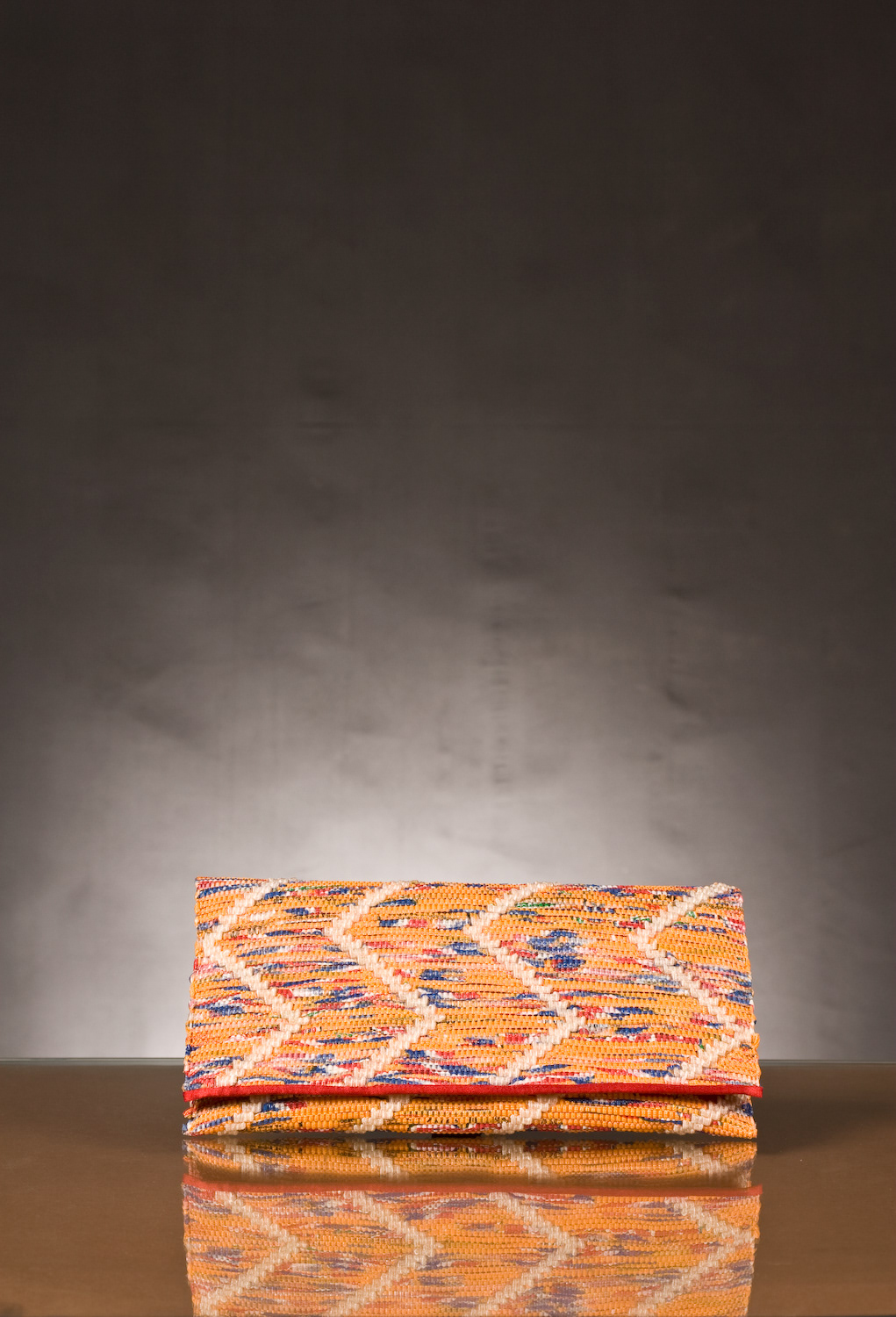
Breadster
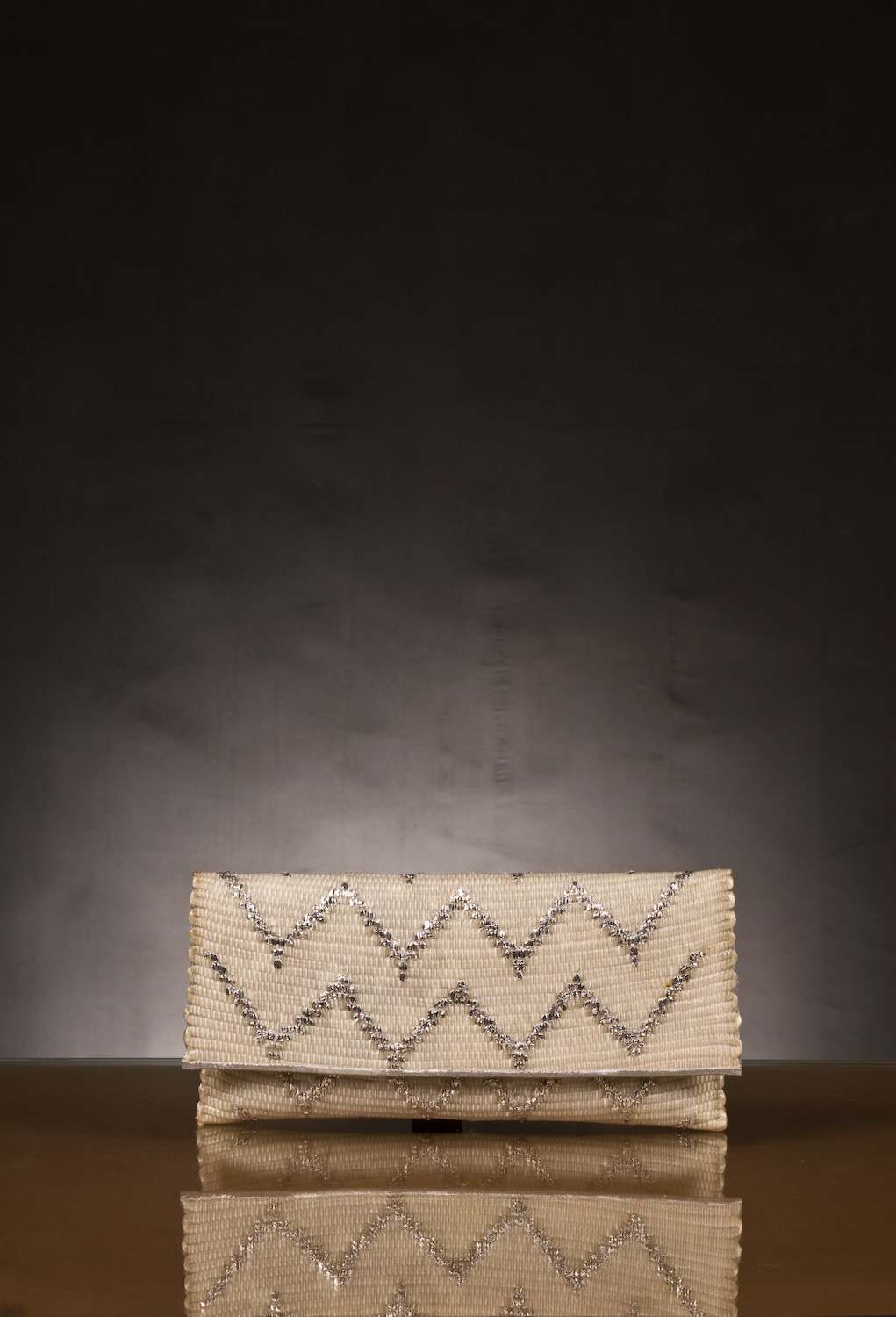
Tinsel Town
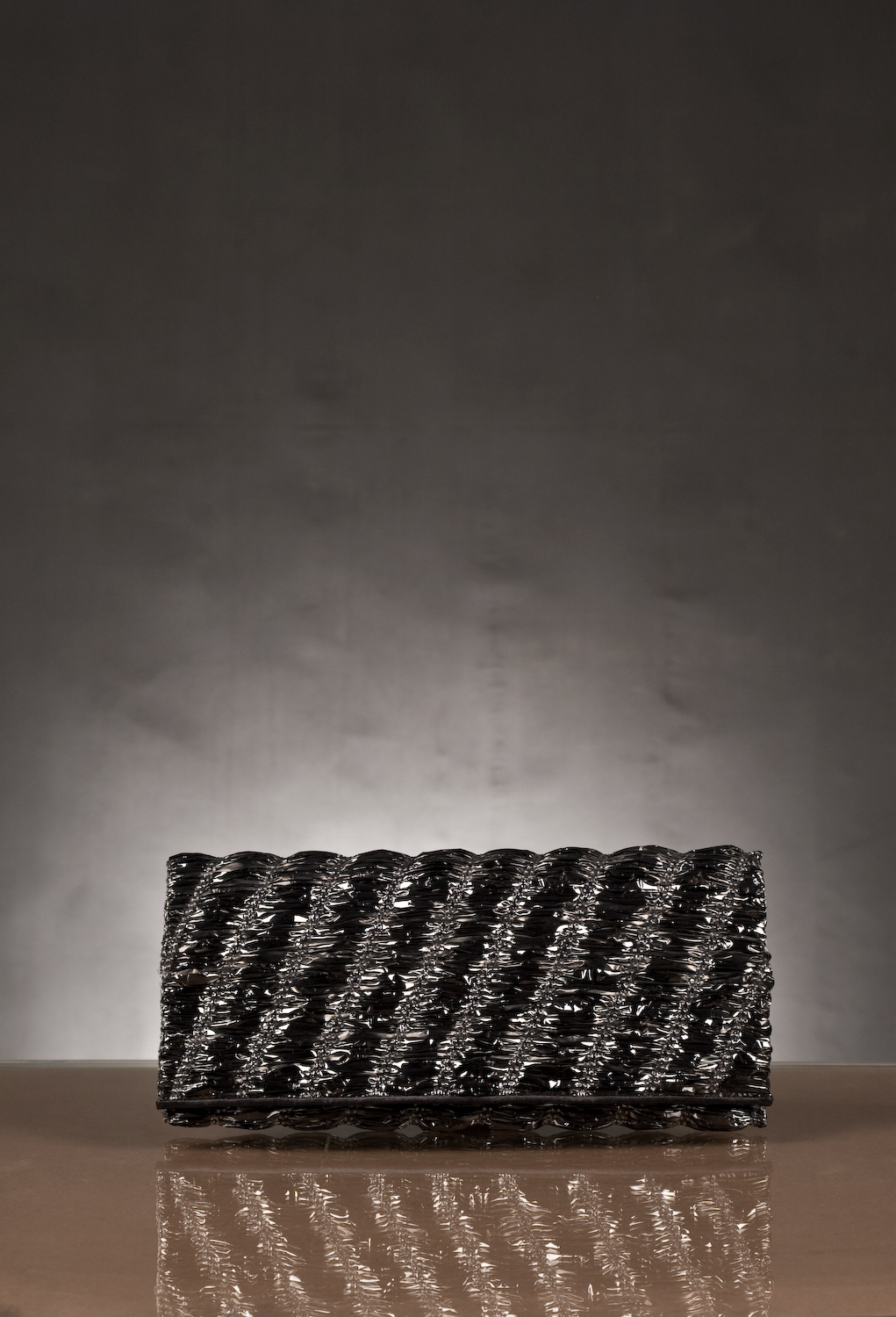
Film Star 1
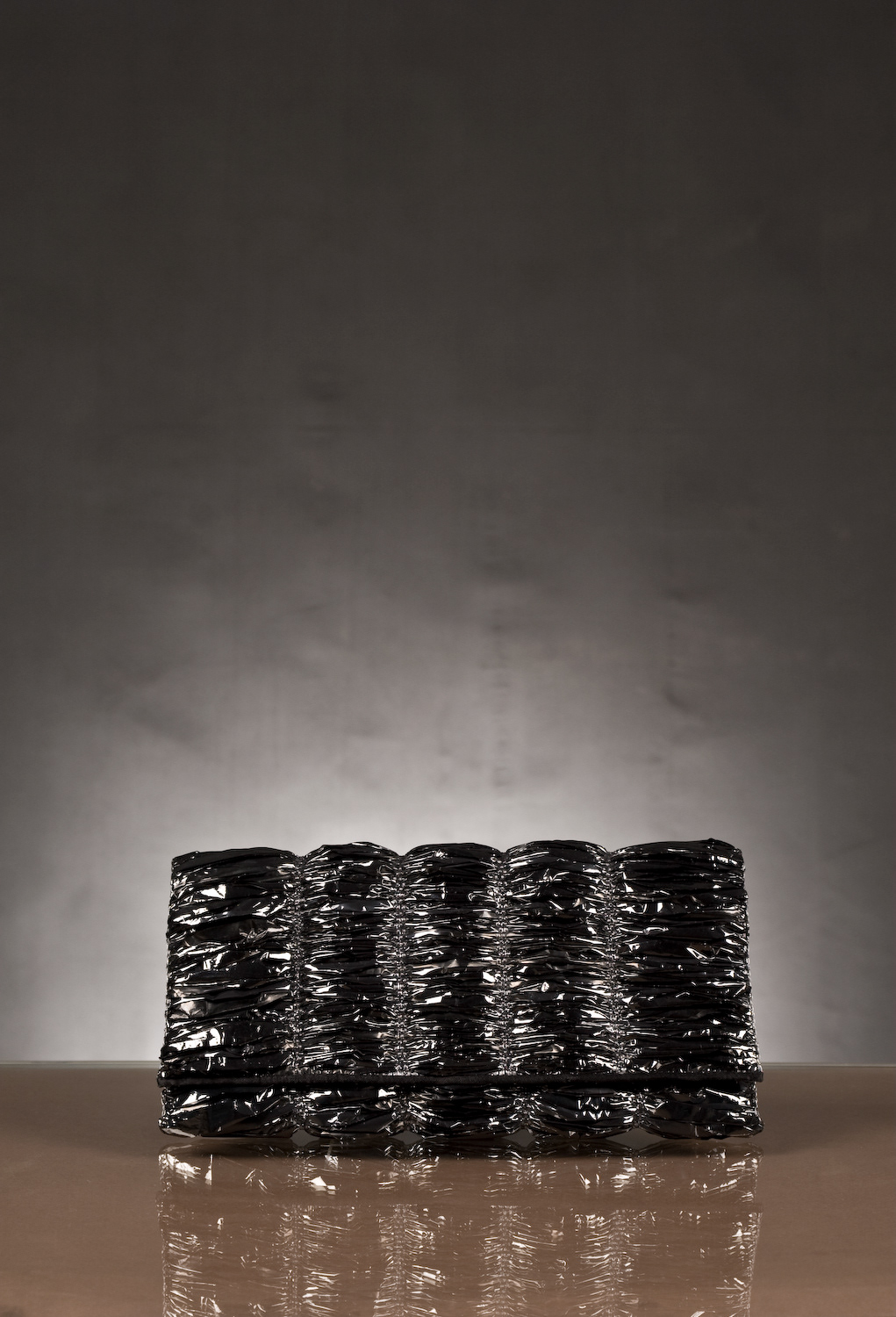
Film Star 2

Singer

Singer 2
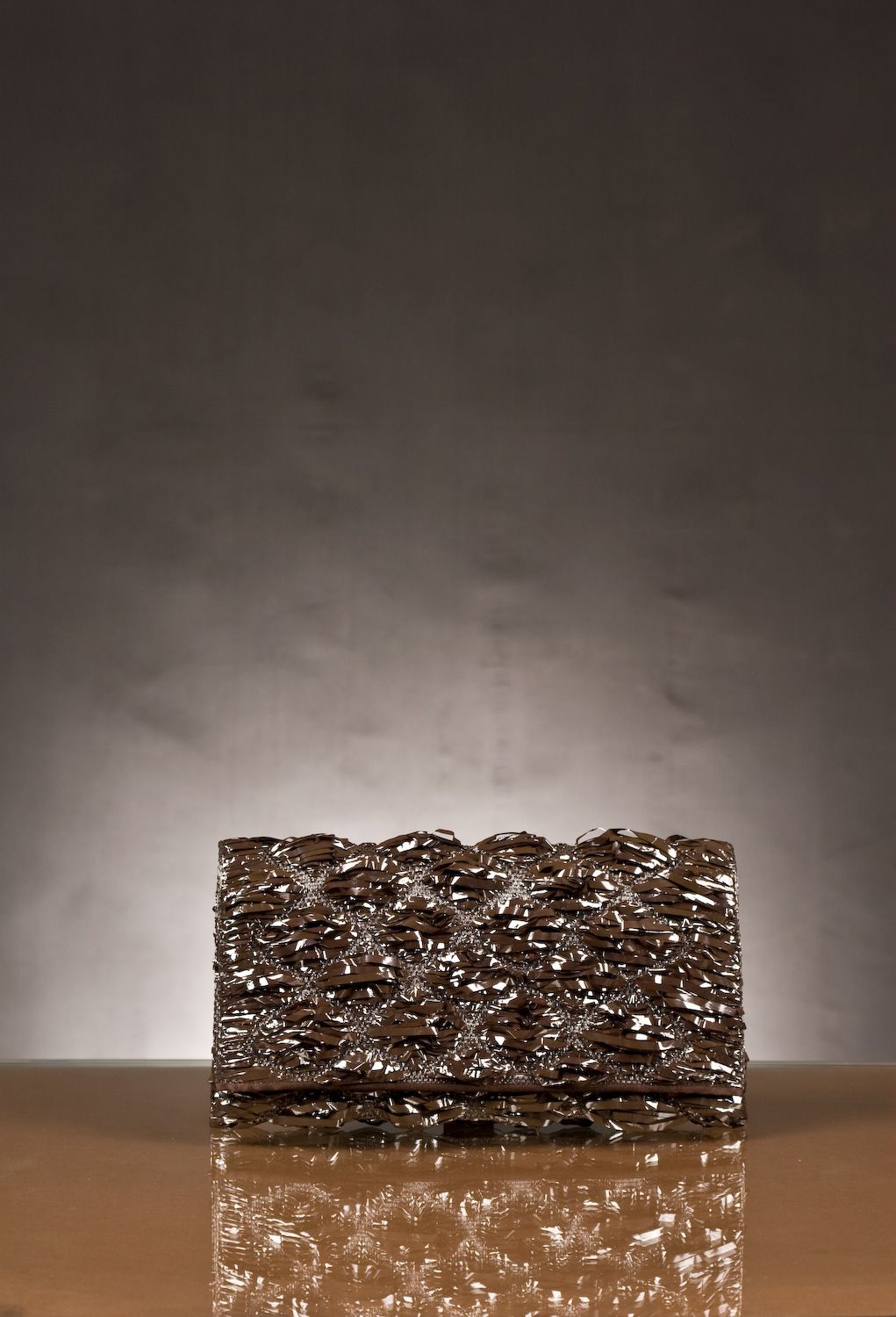
Singer 3
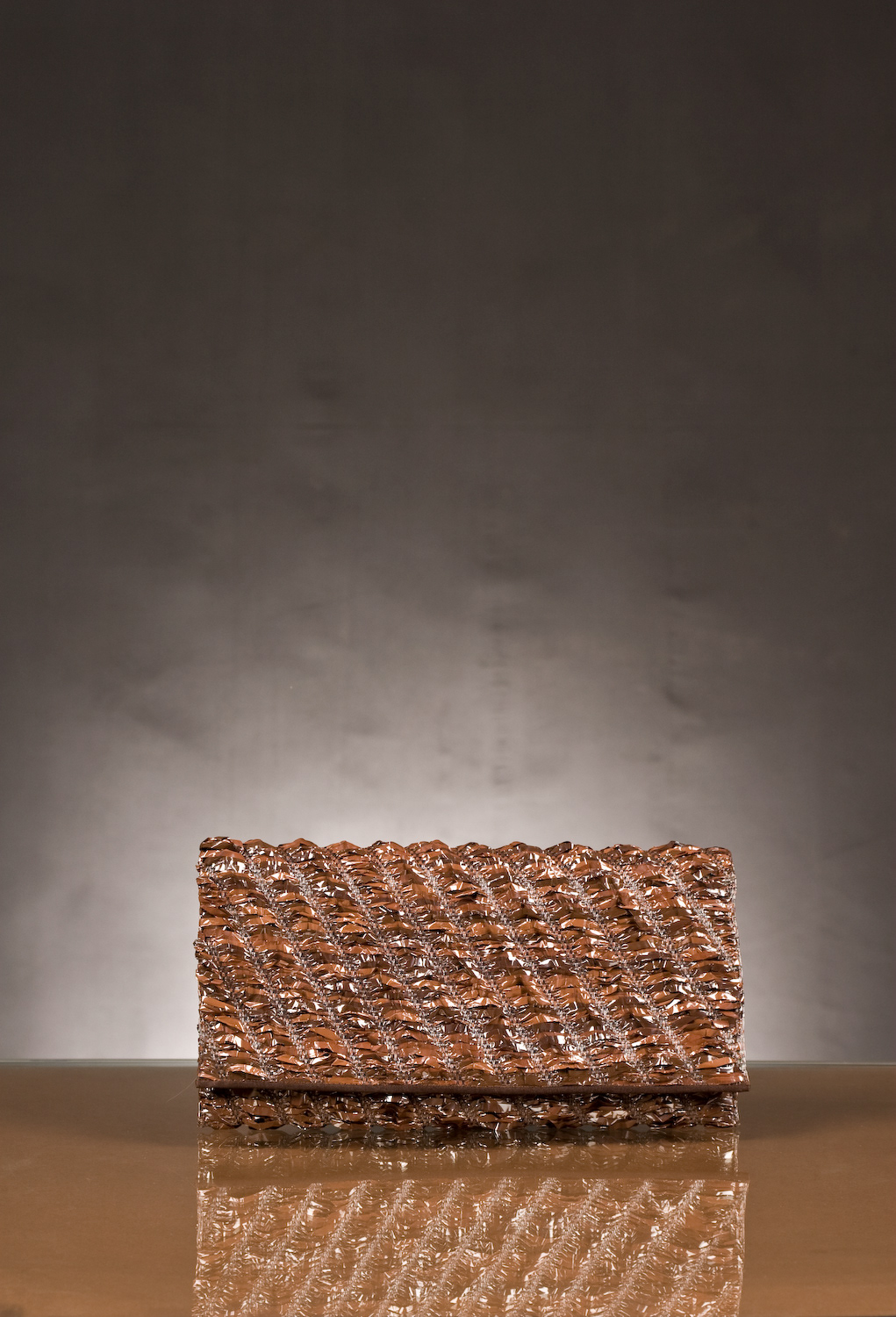
Singer 4
Final thoughts
The Eco Chic bags collection is dormant at present. While it was successful during its production run, several factors prevented the brand from being profitable. The most significant challenge was financial—scaling production for a broader audience requires substantial resources. Innovation, especially in sustainability, demands extensive logistical planning and investment. Although Eco Chic is paused for now, the brand remains a testament to the work and values I achieved. It reflected my ongoing commitment to thoughtful design and sustainability.
As a Product Designer, Eco Chic continues to influence my approach, reminding me that creating meaningful user experiences extends to every level of design. The foundations of creativity, is a springboard of endless possibilities.
